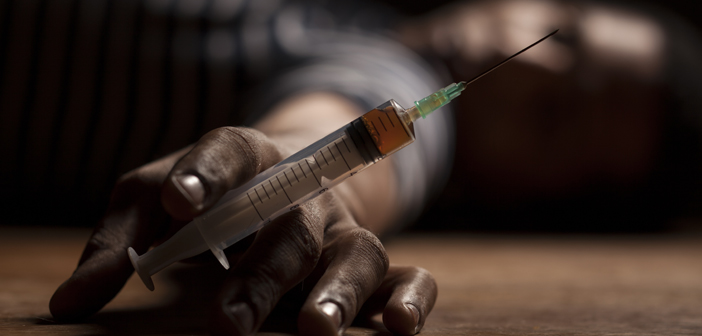Around the country, headlines and statistics tell us that heroin use and its devastating impact on families is climbing. At first glance, one might wonder why heroin has made such resurgence, because the path to heroin use isn’t fully understood by communities.
Many prescription pain killers are opioids – the very same class of drug as heroin. Opioids include drugs such as OxyContin and Vicodin. While it is considered safe when administered by a doctor for a particular ailment, when individuals take it for too long or when it’s shared with people for whom it was not prescribed, the risk of addiction becomes increasingly likely.
People often store unused medication in their homes, thinking that they’ll use it later. The problem is that other individuals who either live in or visit the home have access to those drugs. The homeowner may never notice that some of the medication is missing, or that it is gone altogether. Some people will share their medication with others, thinking that they are helping them. When someone becomes addicted and their source of prescription, shared, and/or stolen medication is exhausted, they often turn to street drugs. What they find is that the price of a single pill can be about $20, and the cost of heroin is $5 for a fix. Street heroin is very risky, as the strength, cut, and content of the drug is unknown.
According to the 2013 National Survey on Drug Use and Health, 15.3 million people in the U.S. aged 12 and older used prescription drugs non-medically in the past year. Further, 12.5% of new illegal drug users began with prescription pain relievers. According to the Centers for Disease Control and Prevention, from 1999 to 2013 the amount of prescription painkillers that were prescribed and sold in the U.S. nearly quadrupled, yet there was no overall change in the amount of pain that Americans report; and every day, 44 people in the U.S. die from an overdose of prescription painkillers.
Locally, in Genesee County in 2010, the number of deaths due to heroin and opioid overdose was over 40 times that of 1999. Between 2005 and 2010, death due to heroin and opioid overdose increased by 94% and in 2013, it was almost four times that of 2007. In the state of Michigan, Genesee County falls fourth for deaths due to heroin overdose.
In 2012, the Coordinated Community Student Survey for Genesee County showed that 38% of students said it was “easy” or “very easy” to get prescription medication that was not prescribed to them. And 3% said they had used prescription drugs to get high in the past 30 days.
These numbers are alarming. Everyone is encouraged to dispose of unused drugs in their home and make current medications inaccessible to others. In Genesee County, there are many permanent receptacles for medication disposal. To find out more – how and where to dispose of medications, signs and symptoms of addiction, where to get help, and how you can help – visit stopprescriptionabuse.com. ♦
Genesee County is fourth in the state for deaths due to heroin overdose.








